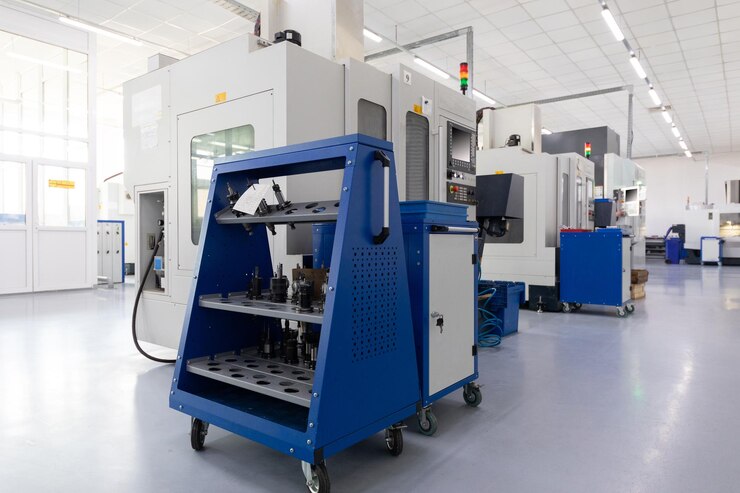Categories
Tags
Archives
Exploring The Innovation of Lab Spinning Machine
-
Posted by lab extrusion123 Filed in Business #Lab Plastic Extruder #Two Roll Mill #Small Plastic Extrusion Machine #Lab Banbury Mixer 292 views
A lab spinning machine is designed for the production of filaments from different raw materials, such as polymers, composites, or natural fibres. Unlike industrial spinning machines that operate on a larger scale, lab spinning machines focus on smaller batches, making them ideal for testing and development purposes.
How Does It Work?
The operation of a lab spinning machine typically involves several key steps:
- Material Preparation: The raw material, often in the form of a solution or melt, is prepared for spinning. This could involve dissolving polymers in a solvent or heating them until they reach a molten state.
- Spinneret Usage: The prepared material is forced through a spinneret, which has tiny holes that shape the material into fibres as it is extruded.
- Cooling and Solidification: As the extruded material exits the spinneret, it is cooled—either by air or a cooling bath—allowing it to solidify and take the form of a fibre.
- Winding and Collection: The fibres produced are collected on a spool or bobbin, ready for further testing or analysis.

Applications
Lab spinning machines have a wide range of applications across several fields:
- Textile Research: They enable the development of innovative fibres and fabrics, paving the way for advancements in fashion and industrial textiles. Researchers can test new materials for strength, durability, and aesthetic qualities.
- Materials Science: Scientists explore the properties of new polymers and composites, investigating their potential for various applications, including aerospace, automotive, and medical devices.
- Biotechnology: The production of biopolymers and biodegradable fibres supports the growing demand for sustainable materials. Lab spinning machines allow for the exploration of eco-friendly alternatives to conventional textiles.
Benefits of Using a Lab Spinning Machine
- Rapid Prototyping: The ability to quickly produce and test new fibres accelerates the innovation cycle, allowing for faster product development.
- Cost Efficiency: Smaller-scale operations reduce the costs associated with raw materials and production, enabling more extensive experimentation within budget constraints.
- Data Gathering: The fibres produced can be subjected to rigorous testing, providing valuable data on mechanical properties, thermal behaviour, and chemical resistance.
- Customization: Researchers can tailor the spinning process to meet specific requirements, resulting in unique fibre characteristics that meet targeted applications.
Conclusion:
The lab spinning machine is an essential tool for researchers and manufacturers aiming to innovate in the field of fibre production. By facilitating small-scale experimentation, these machines enable the development of new materials and technologies that can lead to significant advancements in textiles, materials science, and sustainability. As industries continue to evolve, the role of lab spinning machines in driving innovation will remain crucial, paving the way for a more sustainable and technologically advanced future.
- Material Preparation: The raw material, often in the form of a solution or melt, is prepared for spinning. This could involve dissolving polymers in a solvent or heating them until they reach a molten state.